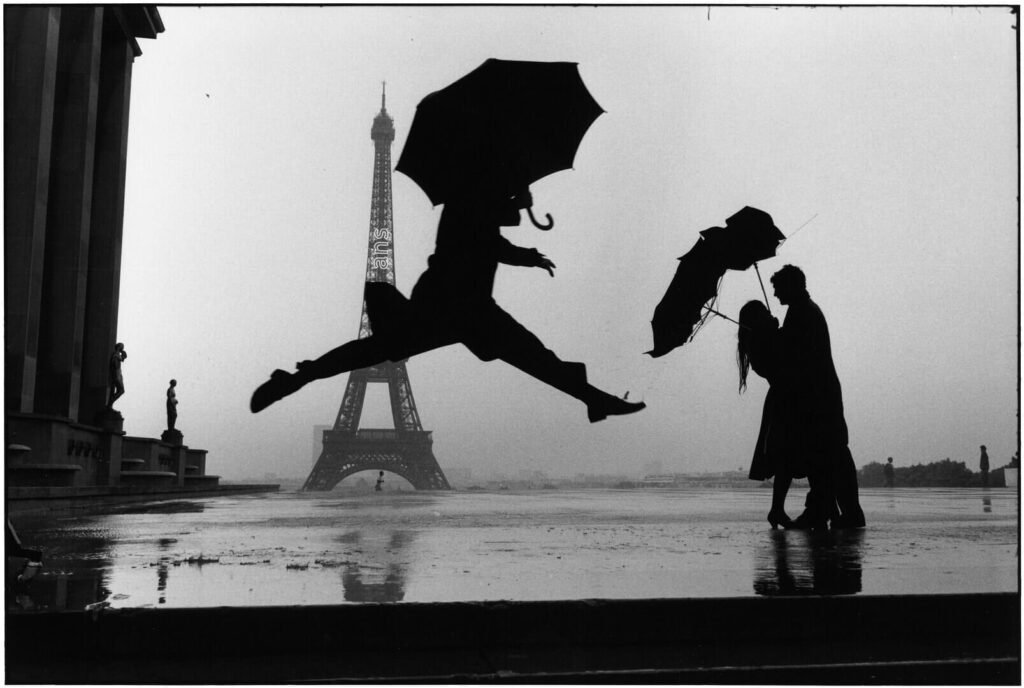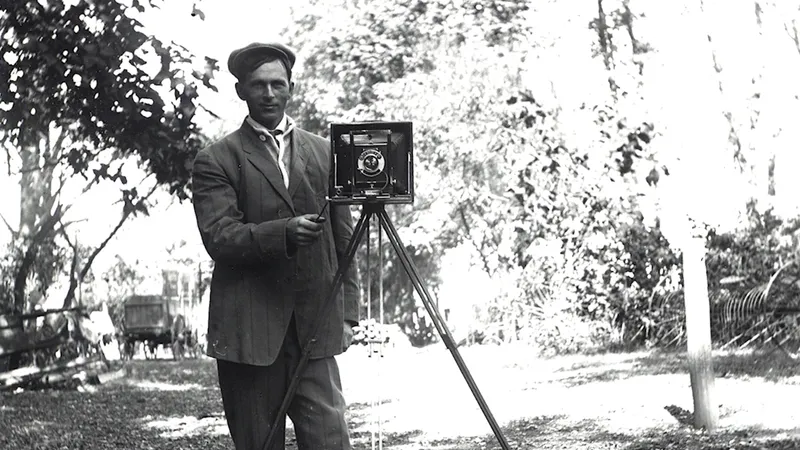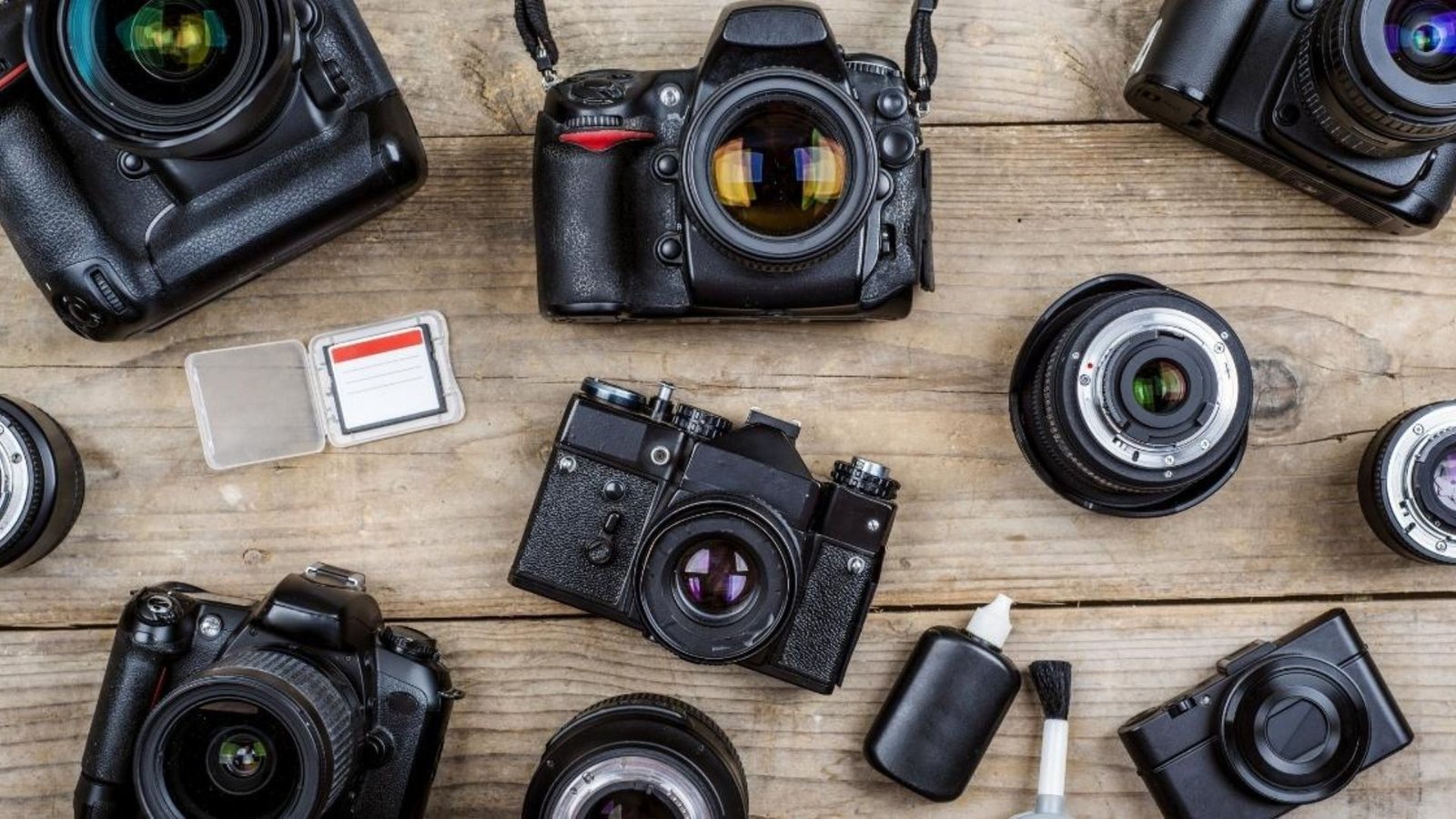Photography has undergone significant transformation since its inception, evolving from basic portraiture to complex artistic expressions. Understanding the evolution of photography styles offers insight into how technological advancements and artistic movements have shaped the medium. This guide explores key photography styles and their historical development.
Early Photography and Daguerreotypes
The journey of photography began in the early 19th century with the invention of the daguerreotype:
- Daguerreotype: Introduced by Louis Daguerre in 1839, this process created detailed, one-of-a-kind images on silver-plated copper sheets. It was the first widely used photographic technique and marked the beginning of photographic art.
- Portraiture: Early photographs were predominantly portraits, capturing individuals in formal poses. Due to long exposure times, these portraits were meticulously staged.
The daguerreotype laid the foundation for modern photography and its development.
The Advent of Film Photography
The late 19th and early 20th centuries saw significant advancements with the advent of film photography:
- Film Cameras: George Eastman’s Kodak camera, introduced in 1888, made photography accessible to the masses with its roll film and simple operation. This democratization of photography allowed for spontaneous and candid shots.
- Pictorialism: This early 20th-century movement aimed to elevate photography as an art form. Pictorialists used soft focus and manipulated prints to achieve painterly effects.
Film photography expanded creative possibilities and made photography a popular medium for personal and artistic expression.

The Rise of Modernism and Straight Photography
The mid-20th century brought about new approaches and styles:
- Modernism: Emphasizing clarity and objectivity, modernist photography focused on form, line, and composition. It rejected the artistic manipulation of earlier styles in favor of direct representation.
- Straight Photography: This style, associated with photographers like Edward Weston and Ansel Adams, sought to capture images with sharp focus and accurate detail, emphasizing the inherent qualities of the subject.
Modernism and straight photography marked a shift towards realism and precision in photographic art.
The Digital Revolution
The late 20th and early 21st centuries witnessed the digital revolution, transforming photography with new tools and techniques:
- Digital Cameras: The transition from film to digital sensors allowed for instant image review and extensive editing options. Digital cameras also enabled higher flexibility in adjusting settings and shooting conditions.
- Digital Manipulation: Software like Adobe Photoshop introduced powerful tools for editing and manipulating images, expanding creative possibilities and enabling new forms of artistic expression.
Digital technology revolutionized photography, making it more versatile and accessible than ever before.
The Emergence of Smartphone Photography
Smartphone photography has become a dominant force in contemporary photography:
- Smartphone Cameras: Modern smartphones are equipped with advanced cameras and editing apps, allowing for high-quality images and instant sharing. Features like portrait mode and HDR have further enhanced mobile photography capabilities.
- Social Media: Platforms like Instagram and Snapchat have influenced photography trends and styles, emphasizing immediacy, creativity, and connectivity.
Smartphone photography has democratized image-making and reshaped how we capture and share moments.
Contemporary Trends and Styles
Photography continues to evolve with emerging trends and styles:
- Documentary Photography: Focuses on capturing real-life events and social issues, offering powerful storytelling and social commentary.
- Fine Art Photography: Uses photographic techniques to create visually striking and conceptually rich artworks, often exploring abstract and conceptual themes.
- Experimental Photography: Embraces unconventional techniques and mixed media, pushing the boundaries of traditional photography.
Contemporary photography reflects a diverse range of styles and approaches, influenced by technological advancements and artistic innovation.
Conclusion
The evolution of photography styles reveals a rich history of technological advancements and artistic exploration. From early daguerreotypes to digital and smartphone photography, each era has contributed to the development of the medium. Understanding these styles offers valuable insights into the history and future of photography, highlighting its role as both an art form and a powerful means of visual communication.










